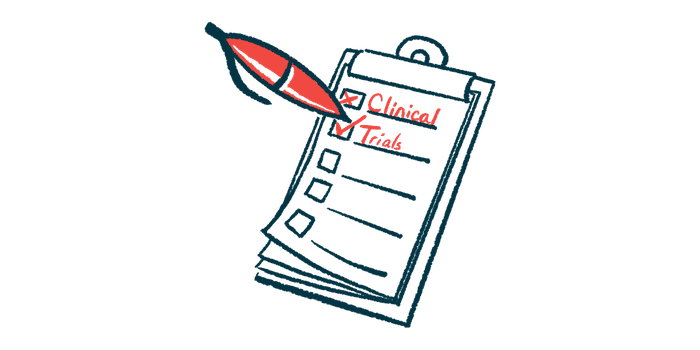HEALEY ALS trial to allow longer follow-up, blood cell collection
Amendment allows researchers to better assess long-term treatment effects

The HEALEY ALS platform trial, which is simultaneously testing multiple potential treatments for amyotrophic lateral sclerosis (ALS), is amending its master protocol to allow a longer follow-up time and collection of blood cells for use in future research.
Slight modifications to the enrollment criteria and visit schedule will also be made, all of which were presented earlier this month at the 35th International Symposium on ALS/MND in Montreal, Canada.
“These updates to the master protocol will significantly strengthen the trial’s ability to identify effective treatments for ALS and bring us closer to finding answers for this devastating disease,” Merit Cudkowicz, MD, principal investigator and sponsor of the HEALEY ALS trial, said in a press release. The study is being led by Massachusetts General Hospital’s Sean M. Healey & AMG Center for ALS, of which Cudkowicz is director.
The HEALEY ALS trial (NCT04297683) is testing different experimental ALS treatments at the same time. In each arm, 160 participants are randomly assigned to receive either the experimental therapy (120 patients) or a placebo (40 patients). Because each treatment arm uses the same eligibility criteria, data from patients given each treatment can be compared with data from those given a placebo across all arms of the study. This design allows new treatments to be tested faster and more efficiently.
HEALEY has provided meaningful outcomes for 5 experimental therapies
Since its inception in 2020, the study has provided meaningful outcomes for five different investigational therapies. Two of them, CNM-Au8 and pridopridine, showed promise in HEALEY ALS and are now headed toward Phase 3 clinical testing. The other three (zilucoplan, verdiperstat, and SLS-005) failed to show efficacy and are no longer in development.
Additional arms testing two more treatments, ABBV-CLS-7262 and DNL343, have finished enrolling patients and are still ongoing. More arms are expected to launch in the new year.
“We learned a lot from the first regimens in the HEALEY ALS Platform Trial,” Cudkowicz said, noting the new amendments were designed based on lessons learned from the first regimens.
Previously, each arm of the HEALEY ALS trial included a follow-up time of 24 weeks (about six months). With the new amendments, the follow-up time will now be 36 weeks (about nine months). The longer follow-up time is expected to allow researchers to better assess the efficacy of therapies that may take a while to show an effect, providing a clearer picture of the potential long-term benefits of treatment.
The amendments also changed the inclusion criteria. While the study had previously been open to patients who were up to three years from the onset of ALS symptoms, it is now including only patients who are no more than two years out from symptom onset. There also have been changes to the clinical visit schedule, along with more opportunities for remote visits, to allow patients more flexibility and convenience.
Another change is that the study will be collecting blood cells (specifically peripheral blood mononuclear cells or PBMCs), which will be stored for future ALS research. Of note, PBMCs can be used to generate induced pluripotent stem cells, which are lab-engineered stem cells that can then be grown into nerve cells for studies that seek to understand how nerves are affected by ALS using cells from patients.







